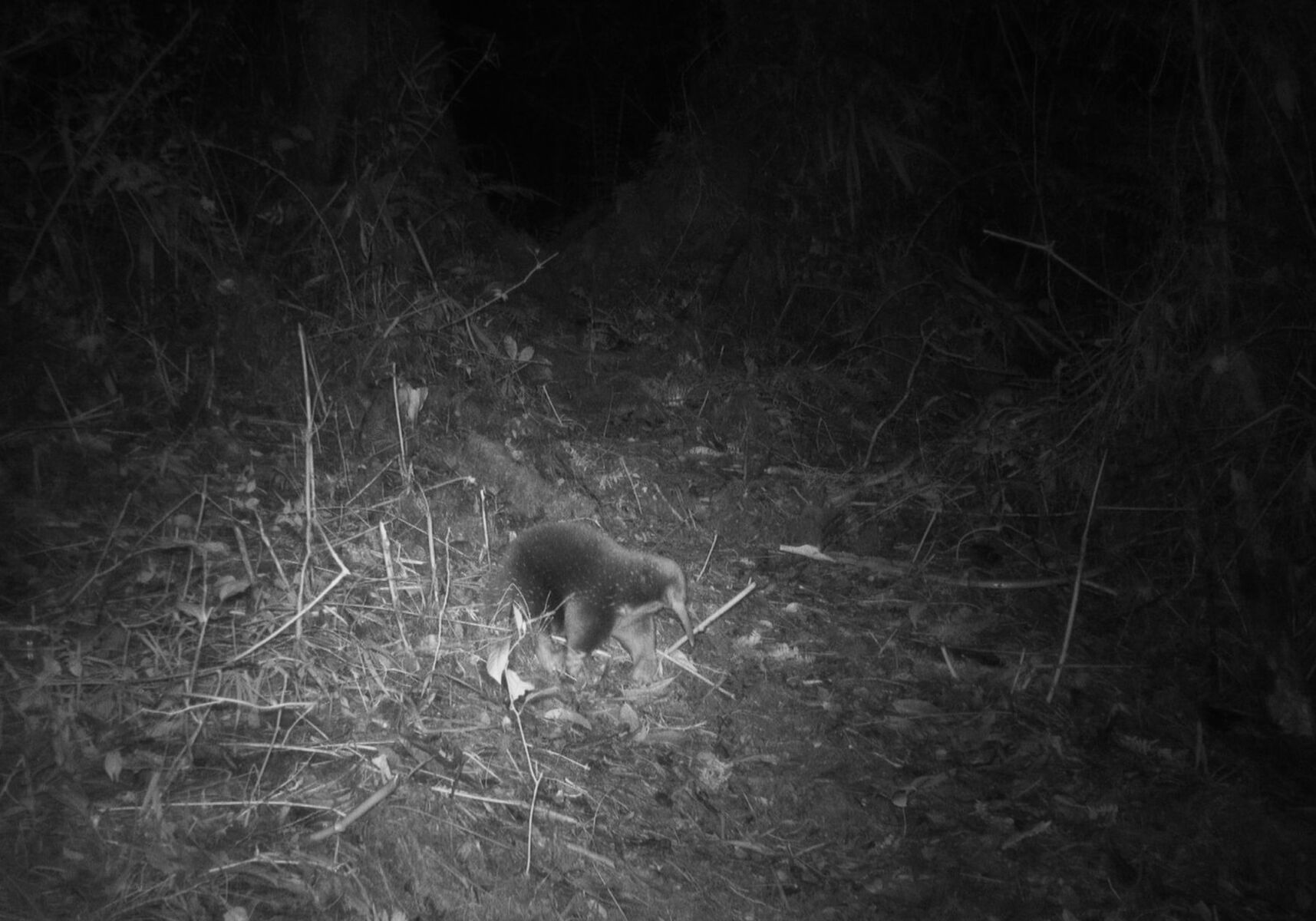Long-beaked echidna not extinct, rediscovered after 62 years

The long-beaked echidna, a mammal thought to be extinct for over 62 years, has been unexpectedly spotted in the Cyclops Mountains of Indonesia. This discovery was reported today by the Seub Nakhasathien Foundation on their Facebook page.
This elusive creature, also known as Attenborough’s long-beaked echidna, was named after English naturalist David Attenborough, who last encountered it in 1961. The long-beaked echidna, a unique mammal that resembles a mole with an ant-eater’s nose and an echidna’s feet, belongs to the Monotremes group, a category of egg-laying mammals that diverged from other mammals over 200 million years ago, reported Sanook.
This discovery was indeed a triumph for the scientists from Oxford University, who dedicated a month to the search for this elusive creature. Over 80 trail cameras were installed to maximize coverage of the area. On the final day of the expedition, one of the cameras captured the long-beaked echidna making its way through the tall grass. James Kempton is credited with discovering the first image of the long-beaked echidna in over six decades.
Despite the joy over this rediscovery, there remains a grave concern for the echidna’s future. The International Union for Conservation of Nature (IUCN) has classified the long-beaked echidna as critically endangered. Unfortunately, Indonesia lacks strong laws to protect this species.
This video footage serves as the first scientific evidence of the echidna’s existence since 1961. It confirms that the long-beaked echidna is not extinct and continues to inhabit our planet, hidden from our sight. It is our duty to preserve its habitat to prevent its loss forever.
This marks 62 years, from 1961 to 2023, since the long-beaked echidna was last sighted.
In related news, in a significant win for wildlife conservation, eggs of the Eastern Sarus Crane – also known as Thai Cranes – were found in a rice field adjacent to the Huai Talat Reservoir Non-Hunting Area in the Mueang district of Buriram, according to the Department of National Parks, Wildlife and Plant Conservation (DNP).
The cranes were believed to be mostly extinct in the wild 50 years ago, but efforts in recent years hoped to regrow the population in nature. To read more click HERE
Latest Thailand News
Follow The Thaiger on Google News:


























